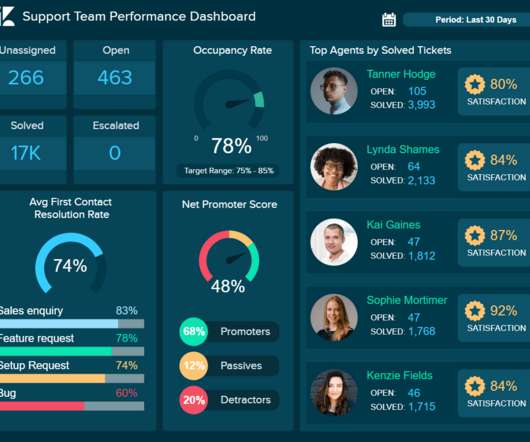While BI Strategies Come and Go, BusinessObjects Powers On into 2024 and Beyond
Paul Blogs on BI
JANUARY 3, 2024
I mentioned in a previous blog The Future of Business Intelligence Reporting about how BusinessObjects was ,and still is ,used for operational reporting so you cannot just replace it with a cloud based BI tool that has inferior or no operational reporting capability.

















Let's personalize your content